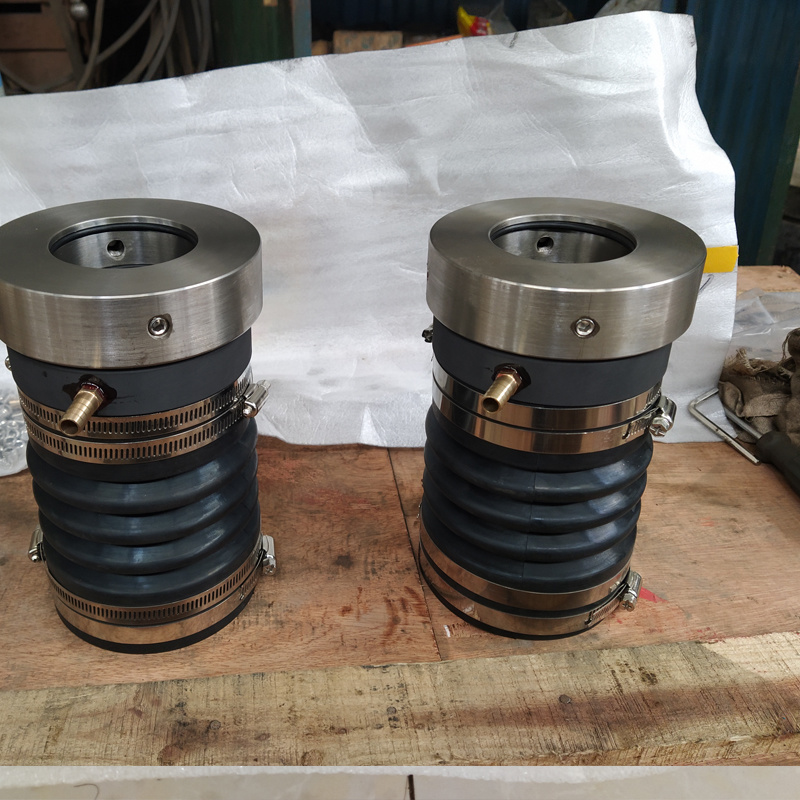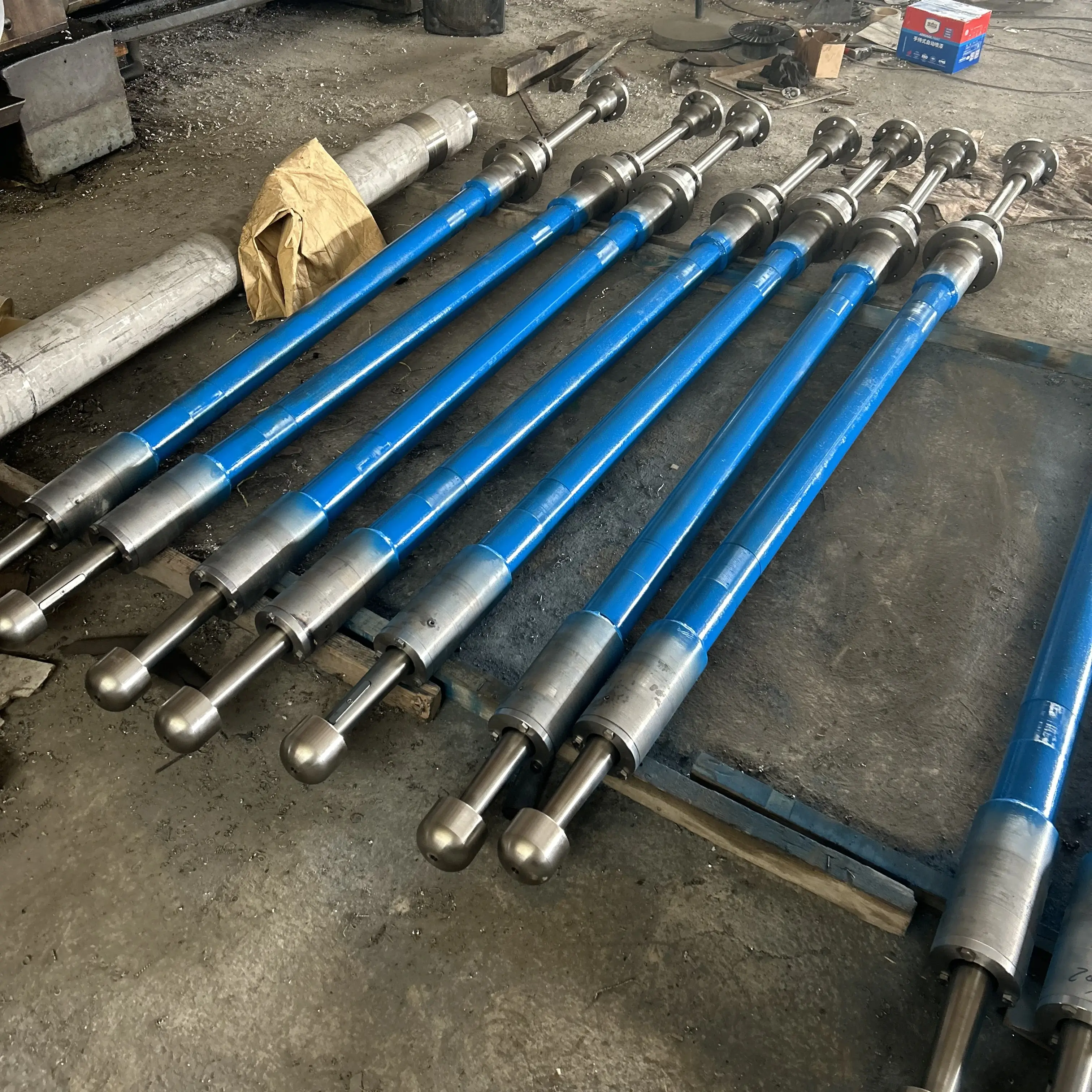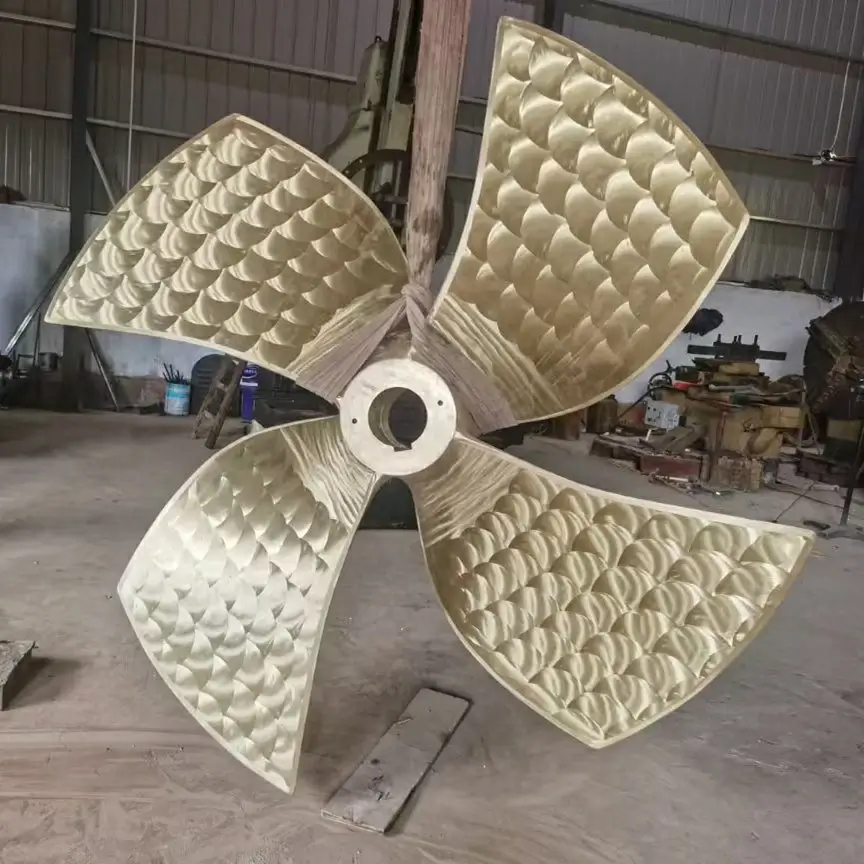The working principle of rubber bearings for ships
Release Time:
Aug 13,2025
Marine rubber bearings are key supporting components of ship shafting systems (such as stern shafts, intermediate shafts, etc.). Their working principle is based on the combined effect of tribology, fluid mechanics and material properties. The core is to achieve stable rotation of the shafting system and reduce wear through the elasticity of rubber materials and the buffering and lubrication of lubricating media (water or oil). The following is a detailed explanation from three aspects: core mechanism, lubrication method, and force balance:
Marine rubber bearings are key supporting components of ship shafting systems (such as stern shafts, intermediate shafts, etc.). Their working principle is based on the combined effect of tribology, fluid mechanics and material properties. The core is to achieve stable rotation of the shafting system and reduce wear through the elasticity of rubber materials and the buffering and lubrication of lubricating media (water or oil). The following is a detailed explanation from three aspects: core mechanism, lubrication method, and force balance:
I. Core Mechanism: Elastic Support and Friction Buffering
The inner lining of ship rubber bearings is usually made of elastic materials such as nitrile rubber, chloroprene rubber and polyurethane, and the outer layer is a metal shell (providing structural strength). Its basic working principle is:
When the ship's shafting (such as the stern shaft) rotates, the rubber lining comes into direct contact with the shaft surface (or indirectly through the lubricating medium). The elastic deformation of the rubber can absorb the radial runout, vibration and impact loads of the shafting, avoiding wear or fracture caused by rigid contact.
Rubber material itself has a certain self-lubricating property and a relatively low surface friction coefficient, which can reduce the direct friction loss between the shaft and the bearing and lower the energy loss during the power transmission process.
Ii. Lubrication Methods: The Differences between Water Lubrication and Oil Lubrication
The lubrication methods of ship rubber bearings mainly include water lubrication and oil lubrication, and their working principles are slightly different
Water-lubricated rubber bearings (Mainstream applications)
It uses seawater, fresh water and other water bodies as lubricating media and is widely used in ships with high environmental protection requirements (such as passenger ships, research vessels, inland river vessels, etc.).
When in operation, the rotation of the shaft system will drive the surrounding water to form a water film. The water film fills the space between the shaft and the rubber lining, converting solid contact into liquid friction, significantly reducing the friction coefficient and wear rate.
Rubber materials need to have water resistance and anti-swelling properties (to avoid deformation after long-term immersion), and at the same time, the formation of the water film depends on the rotational speed of the shaft - the higher the rotational speed, the more stable the water film and the better the lubrication effect.
Oil-lubricated rubber bearing
It uses lubricating oil (such as mineral oil or synthetic oil) as the medium and is mostly applied to heavy ships or special working conditions with higher requirements for lubrication performance.
Lubricating oil not only forms an oil film to reduce friction, but also takes away the heat generated by friction, isolates moisture and impurities, and protects the rubber and shaft surface from corrosion.
Iii. Force Balance: The Synergy of load-bearing and Sealing
During operation, the shafting system of a ship is subject to various forces (such as the thrust of the propeller, the weight of the shaft itself, and the centrifugal force generated by rotation, etc.). Rubber bearings need to achieve force balance through structural design
Radial load-bearing: The rubber lining bears the radial load of the shaft through elastic deformation, disperses pressure, and avoids material fatigue caused by excessive local stress.
Axial limit: Some rubber bearings (such as thrust bearings) are designed with axial friction surfaces. Through the contact between the rubber and the shaft shoulder, the axial thrust generated by the propeller is balanced, preventing axial movement of the shafting system.
Sealing assistance: Sealing devices (such as lip seals) are usually used at both ends of the bearing to prevent the leakage of lubricating media (water or oil), and at the same time block external sand and impurities from entering the bearing interior, avoiding accelerated wear.
Summary
The working principle of Marine rubber bearings can be summarized as follows: With elastic rubber material as the core, a lubricating film is formed through a lubricating medium (water or oil) to achieve low-friction rotation of the shafting system. At the same time, the elasticity of rubber is utilized to absorb vibration and buffer loads, and the radial and axial forces of the shafting are balanced through structural design, ultimately ensuring the stable and efficient operation of the ship's propulsion system. Its advantages lie in being environmentally friendly (especially water-lubricated type), reducing vibration and noise, and being easy to maintain. Therefore, it is widely used in modern ships.
Keywords:





